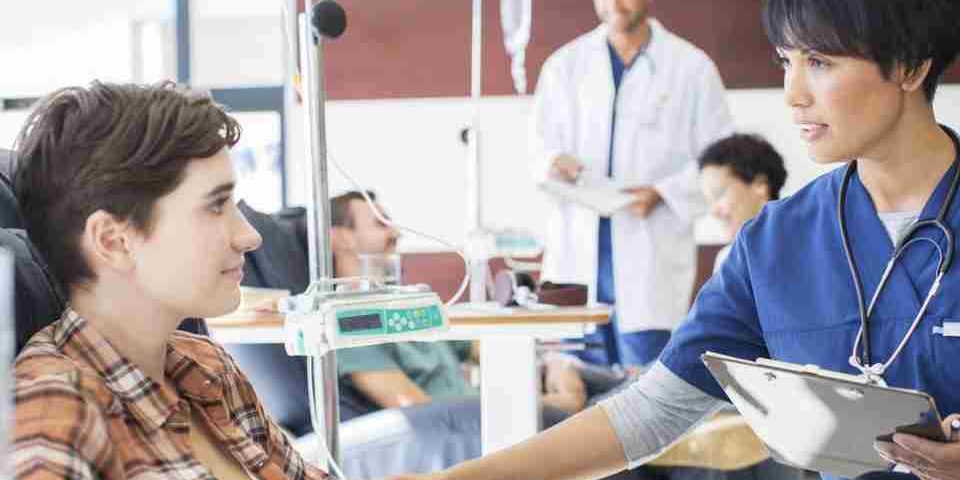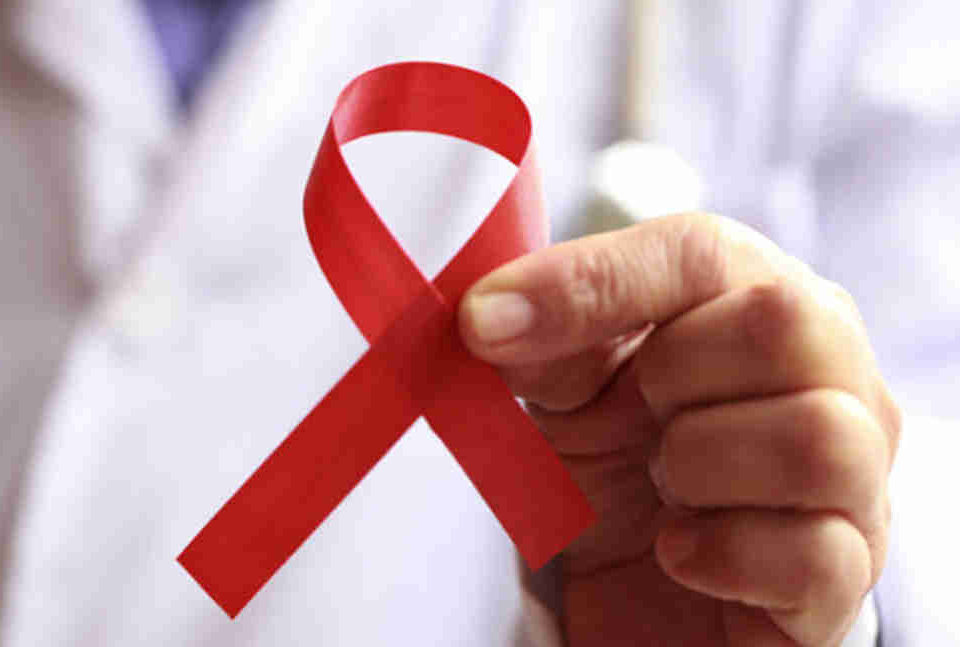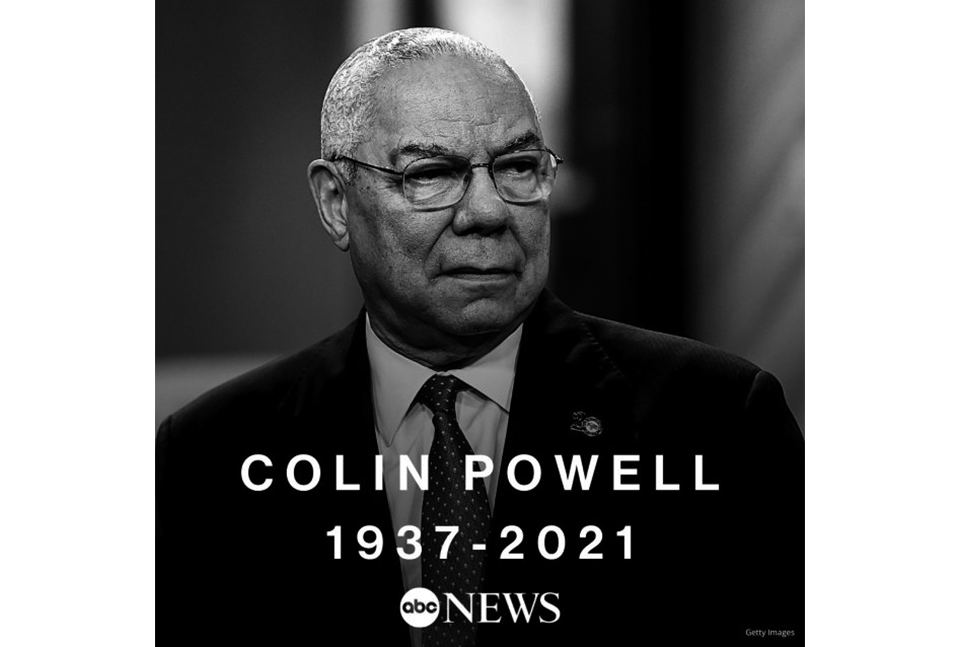- 如有疑问,请联系电邮
- customer@ihealth66.com
USNEWS:为什么癌症治疗这么贵?

中国原发性肺癌诊疗规范(2018年版)(3)
2019年1月10日
中国原发性肺癌诊疗规范(2018年版)(4)
2019年1月11日By Elaine K. Howley
开国元勋本杰明·富兰克林对这个世界的运作有一两点的了解。1736年,早在现代医学出现之前,他就敏锐地观察到,“一盎司的预防胜过一磅的治疗。”尽管他是在谈论预防毁灭性火灾,但他的话有着更广泛的含义。在昂贵的医疗保健和高技术治疗的时代,他的话似乎更为真实,仅仅一次治疗,可能就要花费数千美元。而治疗慢性病,尤其是癌症,那是一件非常昂贵的事情。
美国癌症协会的宣传机构-癌症行动网络(Cancer Action Network)2017年的一份报告发现,“2014年,癌症患者为癌症治疗支付了近40亿美元的现金”,“2014年,美国在癌症相关的医疗保健上花费了约878亿美元。”这些费用由雇主、保险公司和纳税人资助的公共项目(如医疗保险和医疗补助)以及癌症患者及其家属支付。”
那是什么在推动成本呢?简而言之,“这是人员、药品和物理结构或建筑物,”俄亥俄州立大学詹姆斯癌症医院的肿瘤医学专家和研究人员PeterShields博士说。像医生和护士这样的人员,“必须接受适当的培训,他们要承担很多责任。”这意味着他们需要得到适当的补偿,因为他们接受了多年的培训,有时还要为他们的病人承担生或死的责任。“在美国,没有人想要廉价的医生——所以劳动力是昂贵的!”希尔兹说。
这些医疗保健提供者还需要适当的设施来治疗患者。“每个人都想要一座最先进的建筑,”希尔兹说。即使是最基本的治疗设施也要花费数百万美元来建造和维护。
除了这两个经常被忽视但昂贵的癌症治疗方面,还有药物。一些癌症药物的标价过高,特别是新的、高科技的和尖端的治疗方法,引起了人们的广泛关注。其中一些治疗方法每剂可能要花费数千美元。健康保险通常会收取一些费用,但正如美国癌症协会的报告所说,“会有意想不到的费用,即使是最好的健康保险也不能支付你所有的费用。”
希尔兹说,他“每天都对治疗癌症的药物惊人的成本感到震惊”,我不会为制药公司辩护,“但他们确实有很多成本用于开发一种有效的癌症治疗方法,比如发现药物,然后测试它的安全性和有效性。这一过程可能需要数年和数百万美元才能完成。“把一种药物推向市场,特别是一种癌症药物,是非常昂贵的。制药公司的失败比成功要多得多,”这些研究和开发成本都要被计入药品成本。毕竟,这些公司和其他任何公司一样,都需要盈利来维持业务,而且它们的存在是为了赚钱,就像它们为其产品治疗的疾病提供药物一样。
希尔兹说,目前,癌症研究主要由制药公司和联邦政府资助,最近这项研究的进展已经转化为更有效的治疗方法。例如,新的肺癌药物可能是昂贵的,但“我的许多肺癌患者现在的寿命是三年前的两到三倍。它是巨大的,”他说。这些进步改变了希尔兹和他的许多病人之间的对话。虽然他们经常讨论关于生命终结的问题,“现在更像是,‘你可能是一个没有任何反应的不幸的人,但我们有足够的选择让你在两年多的时间里还活着。’这是一个非常不同的对话。”因此,虽然治疗费用昂贵,但他们正在延长许多患者的生命,这些患者的生命意义重大。是的。希尔兹说:“我们在几乎所有癌症中都取得了惊人的进展。”“我不是经济学家,但我知道从我的病人的角度来看,他们看重这个。”
以上仅是文章的一部分。但文章已经清楚的表明为什么癌症治疗是如此昂贵?但这种情况又是多么的合情合理!重要意思我们都用粗体字来表示,相信广大读者应该能够读懂意思。下面是原文。
FOUNDING FATHER Benjamin Franklin knew a thing or two about how the world worked. In 1736, long before the advent of modern medicine, he astutely observed that “an ounce of prevention is worth a pound of cure.” Though he was speaking in relation to preventing devastating fires, his words have wider implications and seem even truer now in the age of expensive health care and high-tech treatments that can cost thousands of dollars for a single dose. Treating chronic illnesses, especially cancer, is an expensive affair.
A 2017 report from the Cancer Action Network, the advocacy arm of the American Cancer Society, found that “in 2014, cancer patients paid nearly $4 billion out-of-pocket for cancer treatments,” and that “roughly $87.8 billion was spent in 2014 in the U.S. on cancer-related health care. These costs were paid by employers, insurance companies and taxpayer-funded public programs like Medicare and Medicaid, as well as by cancer patients and their families.”
So what’s driving the cost? In a nutshell, “it’s personnel and medicines and physical structures or buildings,” says Dr. Peter Shields, a medical oncologist and researcher focusing on lung cancer at The Ohio State University James Cancer Hospital. Personnel, such as doctors and nurses, “have to be appropriately trained and they take lots of responsibility.” This means they need to be compensated appropriately for their many years of training and the sometimes life-or-death responsibility they shoulder for their patients. “In the United States, no one wants a cheap doctor, so labor is expensive,” Shields says.
These health care providers also need appropriate facilities in which to treat patients. “Everyone wants a state-of-the-art building,” Shields says. Even the most basic treatment facility can cost millions of dollars to build and maintain.
Beyond those two often overlooked but expensive aspects of cancer care are the drugs. Much attention is paid to the exorbitant sticker prices of certain cancer drugs, especially newer, high-tech and cutting-edge treatments. Some of these treatments can cost thousands of dollars per dose. Health insurance usually picks up some of the cost, but as the American Cancer Society reports, “there will be unexpected charges, and even the best health insurance won’t cover all your costs.”
Shields says he’s “appalled every day” by the staggering cost of drugs to treat cancer, “and I’m not going to defend the pharmaceutical companies.” But they do have a lot of costs that go into developing an effective cancer treatment, such as the expense of discovering the drug and then testing it for safety and efficacy. This process can take years and millions of dollars to complete. “To bring a drug to market, especially a cancer drug, is so expensive. Pharmaceutical companies do have many more failures than successes,” and these research and development costs are factored into the cost of the drug. These companies, like any other, need to make a profit to stay in business, after all, and they exist as much to make money as they do to provide drugs for the diseases their products treat.
Shields says currently, cancer research is largely funded by pharmaceutical companies and the federal government, and recent leaps forward in this research have translated into much more effective treatments. For example, newer lung cancer drugs may be costly, but “many of my lung cancer patients are now living two to three times longer than they were just three years ago. It’s huge,” he says. And these advances have changed the conversation that Shields has with many of his patients. Whereas they often would discuss end-of-life concerns, “now it’s more like, ‘you could be the unlucky one where nothing responds, but we have enough choices that you might be alive in two-plus years.’ That’s a very different conversation.” So while the treatments are expensive, they’re extending life for many patients in meaningful ways. “We’re having incredible advances in virtually every cancer,” Shields says. “I’m not an economist, but I know from my patient’s perspective, they value this.”
The good news regarding the high cost of drug treatments for cancer is that “over time, these companies are figuring out how to make them cheaper,” Shields says. Drug patents last for 20 years, during which time the company needs to earn back its R&D costs and make money to fund the next discovery. After that, other companies can manufacture the same chemical compound, and that competition typically drives the cost of the treatment down.
But what Benjamin Franklin knew was that if you could avoid needing the “cure” in the first place, you’d save yourself a lot of heartache and money. That’s the approach being championed by the Partnership to Fight Chronic Disease, a nonprofit consortium of about 100 stakeholders including patient advocacy groups, health care providers, community organizations and business groups that raise awareness of chronic disease. Although diseases like diabetes might come to mind first in the discussion of chronic diseases, for many patients, cancer is also a chronic disease that results from a lifetime of exposure to environmental or lifestyle factors that elevated risk.
“Up to 50 percent of cancers are potentially preventable, so we focus a lot on prevention,” says Ken Thorpe, executive director of the Partnership to Fight Chronic Disease and chair of the department of health policy and management in the Rollins School of Public Health at Emory University in Atlanta. “It’s a three-part strategy that we’ve been focusing on,” Thorpe says, to try to drive down health care costs.
The first part is prevention. “Our point is that to the extent that we can prevent 40 to 50 percent of these cancers, obviously, cancer spending goes down,” Thorpe says. Preventing cancer revolves around making lifestyle choices such as avoiding or quitting smoking, protecting your skin from the sun, maintaining a healthy weight, staying physically active and eating right. All of these actions can reduce your risk of developing cancer, which could save you a lot of money – not to mention your life – in the long run.
The second part of the PFCD’s cost control strategy is early detection. “Part of the problem with cancer is that we’re detecting this in stage 3 and stage 4. We have very aggressive efforts, and just by the nature of the diagnosis, it’s going to be expensive” to treat later-stage cancers, he says. If there were a way to detect those cancers earlier, the treatment could be less expensive and offer better outcomes, because a smaller tumor caught at an earlier stage is generally easier to treat with fewer medical interventions. This is where preventive screenings like routine mammograms, Pap smears, colonoscopies and lung CT scans in high-risk individuals can help reduce the cost of treating cancer.
The third strategy is “managing patients and working with patients who have multiple chronic conditions. How do we keep them healthy and out of the hospital?” Thorpe says. If these individuals can remain healthier and out of the hospital, that could cut health care spending significantly, he says. “Half of Medicare beneficiaries – about 52 percent – are being treated for five or more conditions,” Thorpe says, and this “accounts for 75 percent of what Medicare spends.”
In April 2018, Medicare approved reimbursement for “a very intensive lifestyle intervention program called the Diabetes Prevention Program,” that the PFCD has advocated for, Thorpe says. “It’s kind of mislabeled – it’s a 16-week, chronic disease prevention curriculum that focuses on behavior change, including diet, exercise and nutrition and portion control counseling. It’s an educational module that’s combined with making sure people get at least 150 minutes of physical activity per week and it targets prediabetic, hypertensive adults with a goal of having an average weight loss of 5 to 7 percent.” Thorpe says that the program has been effective. “On average it reduced the number of new cases of diabetes in a year by 58 percent. We haven’t done the cancer studies on it, but certainly, there’s going to be reduction in the incidence of cancer as well,” among patients who follow the program.
Thorpe says the fact that Medicare has approved benefits for the program “is a real innovation because Medicare usually focuses on paying for things after people are sick rather than trying to find ways of keeping them healthy and keeping them from getting sick in the first place.” As a covered benefit, the program may be able to benefit more people and hopefully cut their risk of cancer as well as their health care costs across the board.
But given that more than 1.7 million people are expected to be diagnosed with cancer in 2018, according to figures from the National Cancer Institute, there’s still a lot that can be done to both lower that incidence rate and to reduce costs associated with the disease. “We’re broadening the focus of our policy interventions to also focus on preventing cancers rather than just treatments. Obviously, we have to treat when somebody’s sick, but I think there are big opportunities on the prevention side.” Benjamin Franklin would no doubt endorse this approach.





